There’s quite a bit of environmental anxiety at our house. To the point where my daughters have basically told me that it was irresponsible of me to have them at all because they are doomed as we careen toward a climate apocalypse. Frankly, I don’t find that helpful. We’ve tried to tell them that we grew up worrying about a nuclear apocalypse or a societal collapse for Y2K, etc., and obviously that sounds crazy and stupid because of course those things didn’t happen and our climate is clearly getting hotter and more volatile and, okay, yes, I will admit it, but are we just going to give up? Of course not. Anyway, I have tried various tactics to assuage this anxiety, like when I tried to gather up hopeful climate news which I believe my daughters ignored entirely.
But in the process of searching for ways to be generally helpful and hopeful while also looking for some sort of plant-oriented project (J in particular is a big fan of flora and plants of all kinds), I read Doug Tallamay’s book Nature’s Best Hope: A New Approach to Conservation that Starts in Your Yard. The basic idea is that all kinds of wildlife are in decline because they’re losing habitat, and therefore we can support the bees, butterflies, fireflies, birds, and more by planting more native plants in place of the traditional, often chemically-treated lawns attached to most homes. The idea is that if a bunch of people replace their relatively sterile, only-one-or-two-species-of-grasses yards and/or landscaping that was planted with plants that originated in other parts of the world with plants that are native to the specific area, we can build a collaborative Homegrown National Park that will be our biggest national park of all, and it will work to regenerate biodiversity and help not just individual species but the planet as a whole.
Great idea, right? And it feels a little more fun than recycling. I have been a pretty neglectful gardener in the past, but we do have our perennial garden — and of course due to my neglect, it’s largely been taken over by the native flowers that grow here best, like echinacea and phlox, which the bees love:
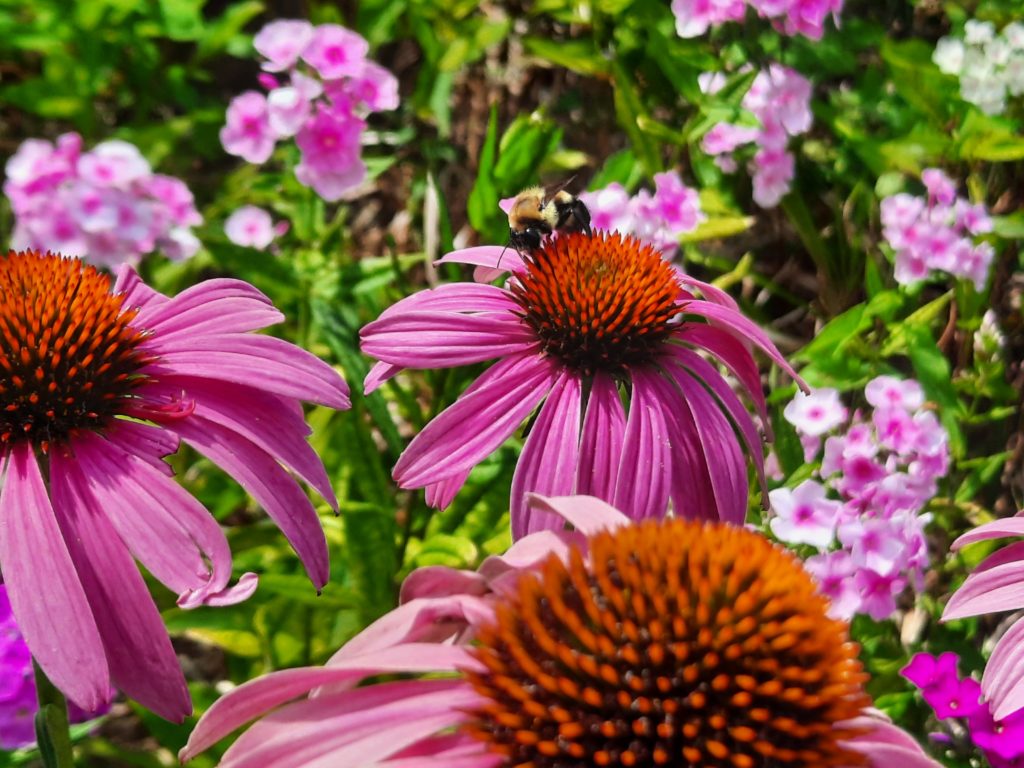
Plus, I spent much of the Covid shutdown acquiring and caring for houseplants. So J and I decided that we’d start by trying to reduce our lawn a bit with a strip of native wildflowers. We should have done it in the fall, but it was full-on winter by the time we got around to it. I had ordered couple of different all-native wildflower mixes, and then we used the “lasagna method” to transition from grass to a garden space. Basically, you layer cardboard and material like dried leaves on top of each other to smother out the old grass and “cook down” into some nice new soil. We “lasagna’d” (you can see how it looked last winter on the right) and threw on the wildflower mixes (which we were also supposed to plant in the fall, but close enough), and we hoped for at least a few to bloom in the spring and summer, although we’d been warned that they take some time to get established and the second year would be better than the first.
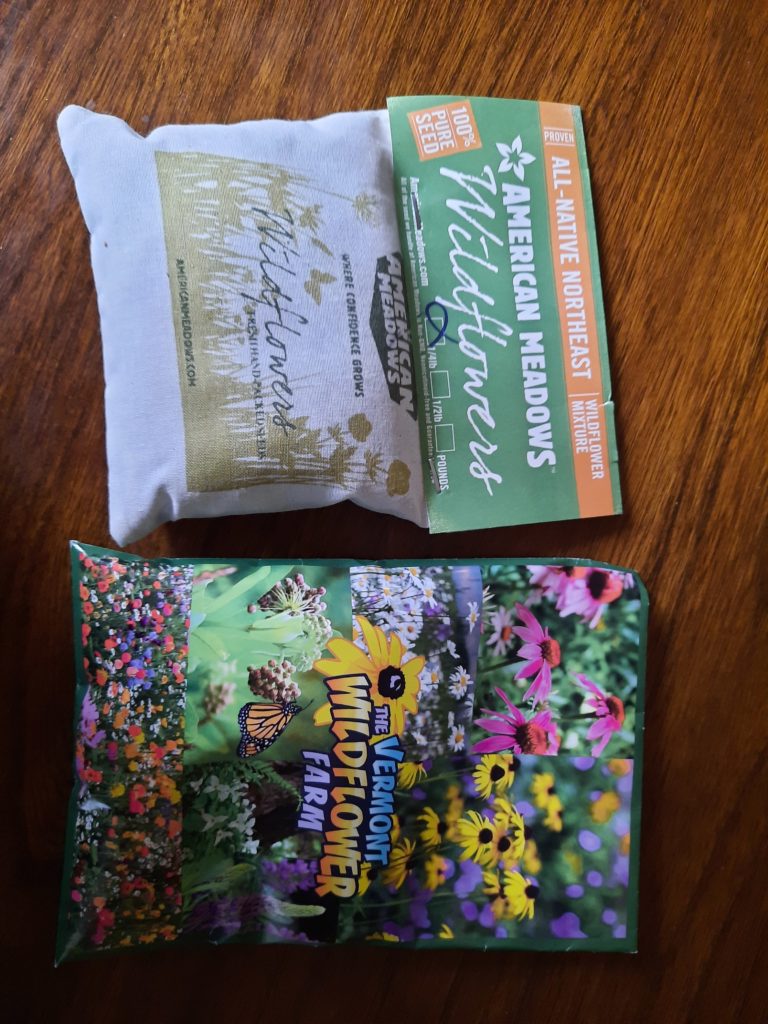
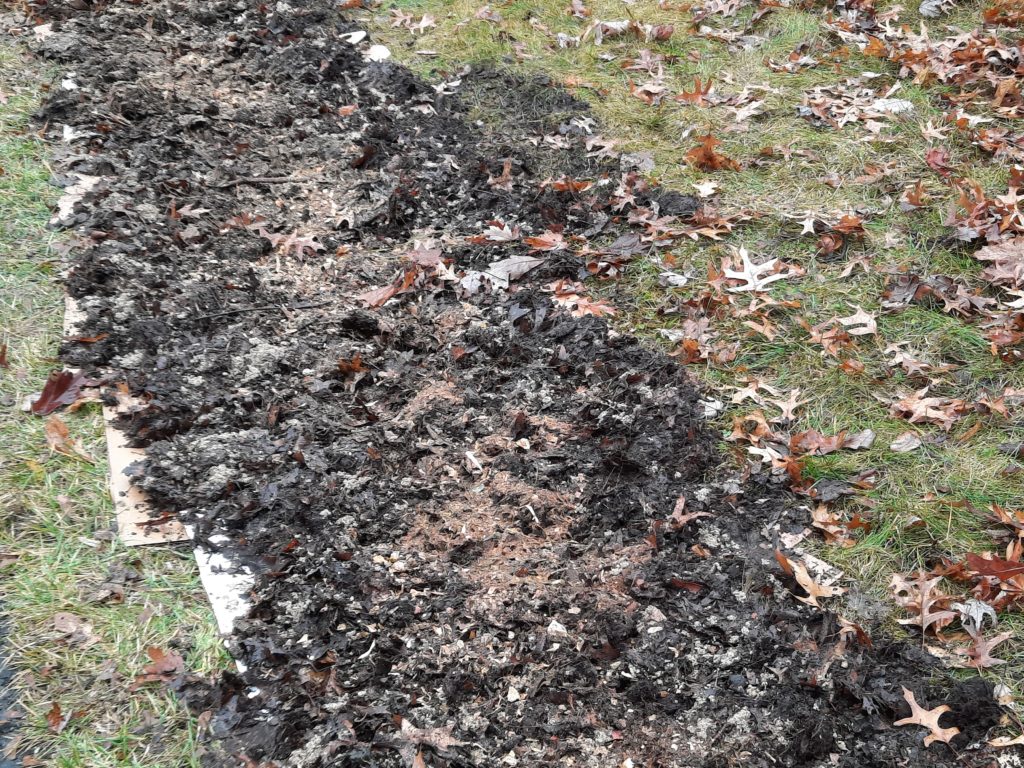
So that was a waiting game.
In the meantime, I’d heard of something else I wanted to try: “No Mow May.” The idea behind this initiative is that allowing grasses to grow taller and letting common weeds like clover and dandelion grow early in the spring provides sustenance for pollinators as well as shelter for many species of insects during an otherwise fairly lean time before the big burst of growth in later spring. Cute W is almost always the mower, and frankly I wasn’t sure if he’d be able to bear the overgrowth, but he gritted his teeth and handled it. Honestly, toward the end of the month, it was getting pretty darn tall, and I was looking forward to June 1st myself (you can see the little row near the public sidewalk where there’s less growth because of our lasagna method and new seeds):
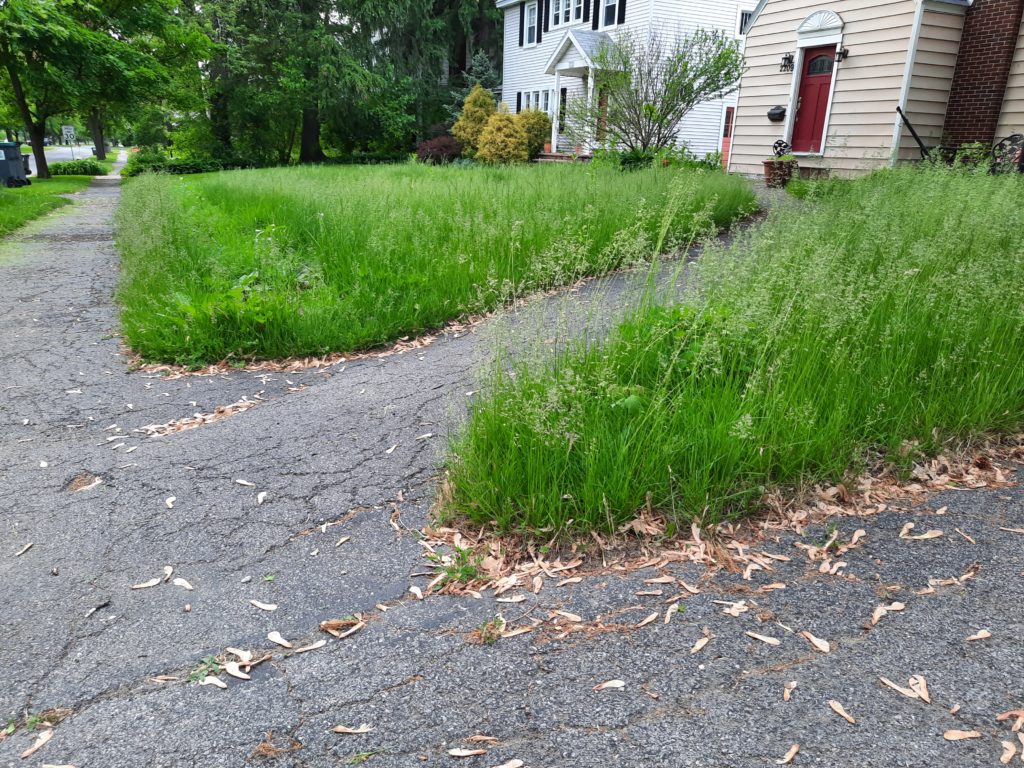
I was feeling lucky that for this year, the Niska-Day parade was following a different route due to some construction, so we didn’t have to fret about that. Did you know that homeowners get a special letter suggesting that we try to make our houses look extra good for the parade? The pressure is real!
Anyway, along with helping the bugs, one super-cool perk of No Mow May is that we discovered this lovely little native grass variety, blue-eyed grass. I would love to see more of it at our house:
So that was some good news. . . but guess what? We got a citation for neglecting to mow our lawn!!
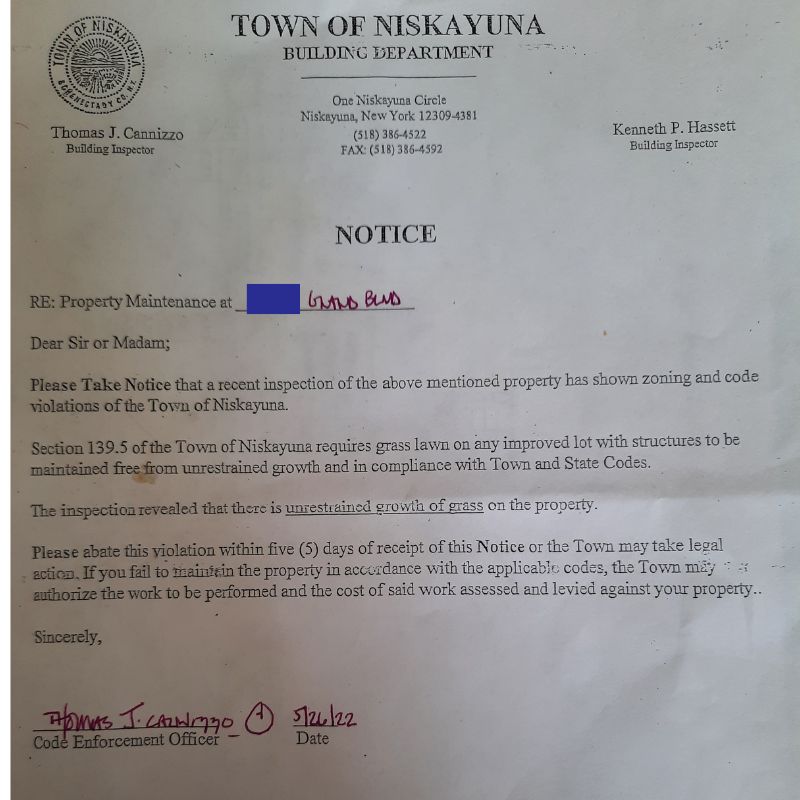
Oh, my gosh, can you believe it? I have no idea if they actually go around looking at this stuff or if some neighbor complained, but holy cow! This happened just before Memorial Day weekend, and Cute W was like, “that’s it, I’m going in!” He had the lawn mown within hours. We haven’t talked about it yet, but I’m inclined to try to do No Mow May again next year and put up a sign to explain, or maybe inform the town ahead of time. But if he hates it, I’ve got other irons on the fire. We’ll see.
Meanwhile, as we headed out of May and into June, the good news is that we had a bunch of different flowers popping up on our wildflower strip through the summer!
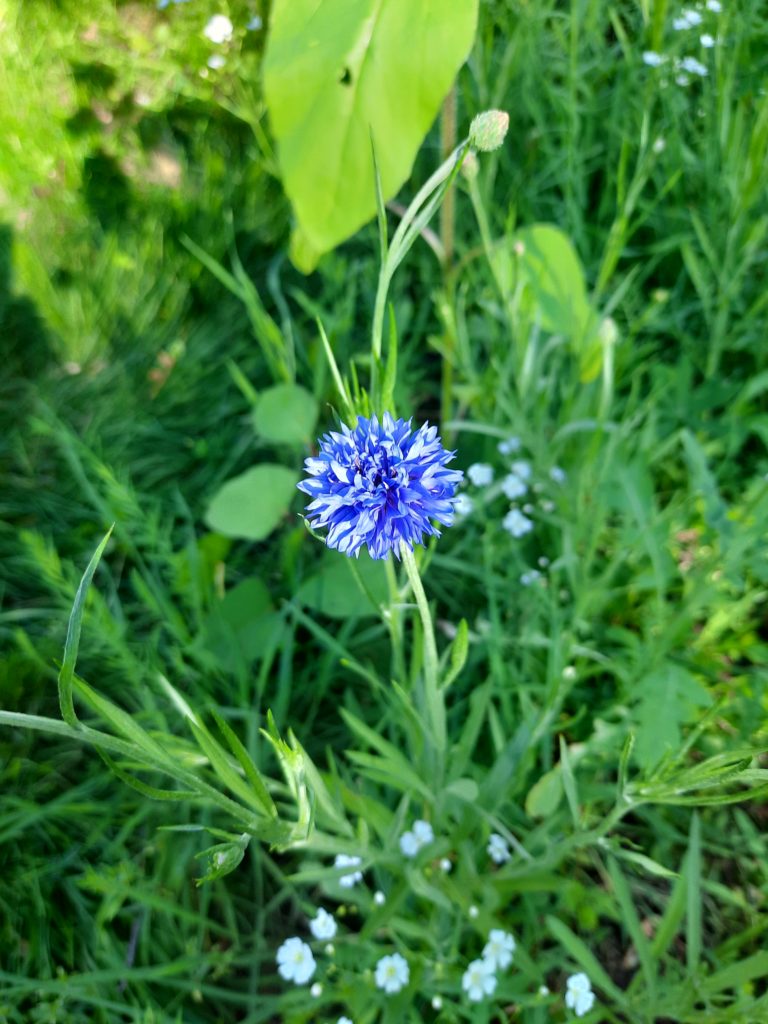
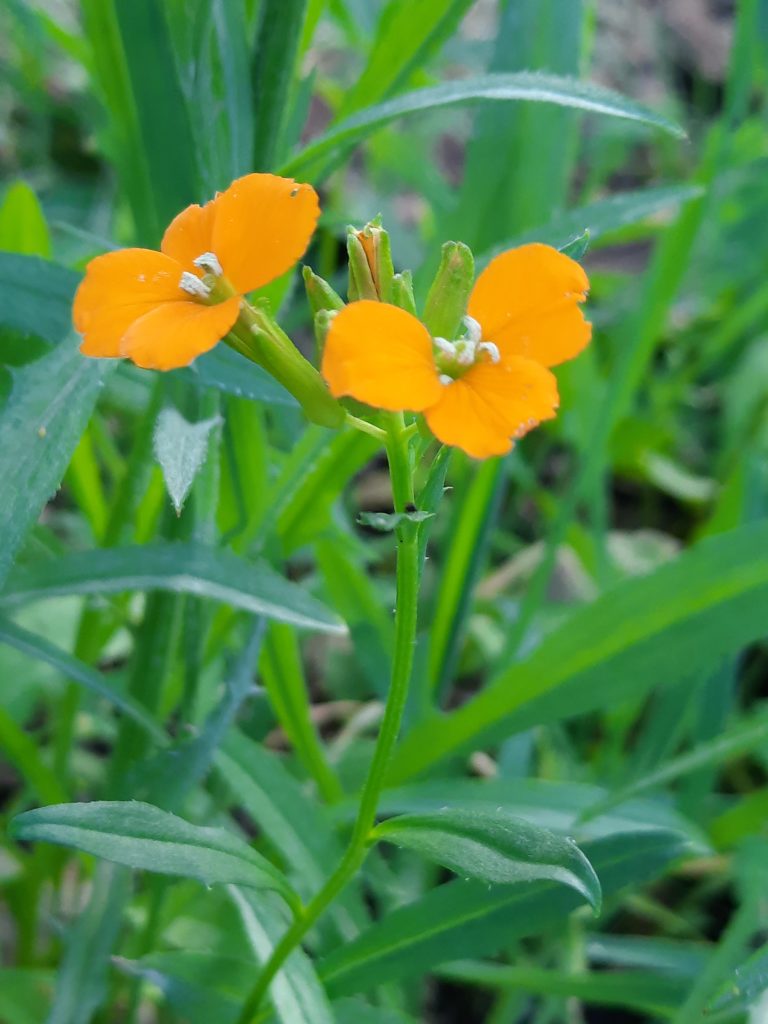
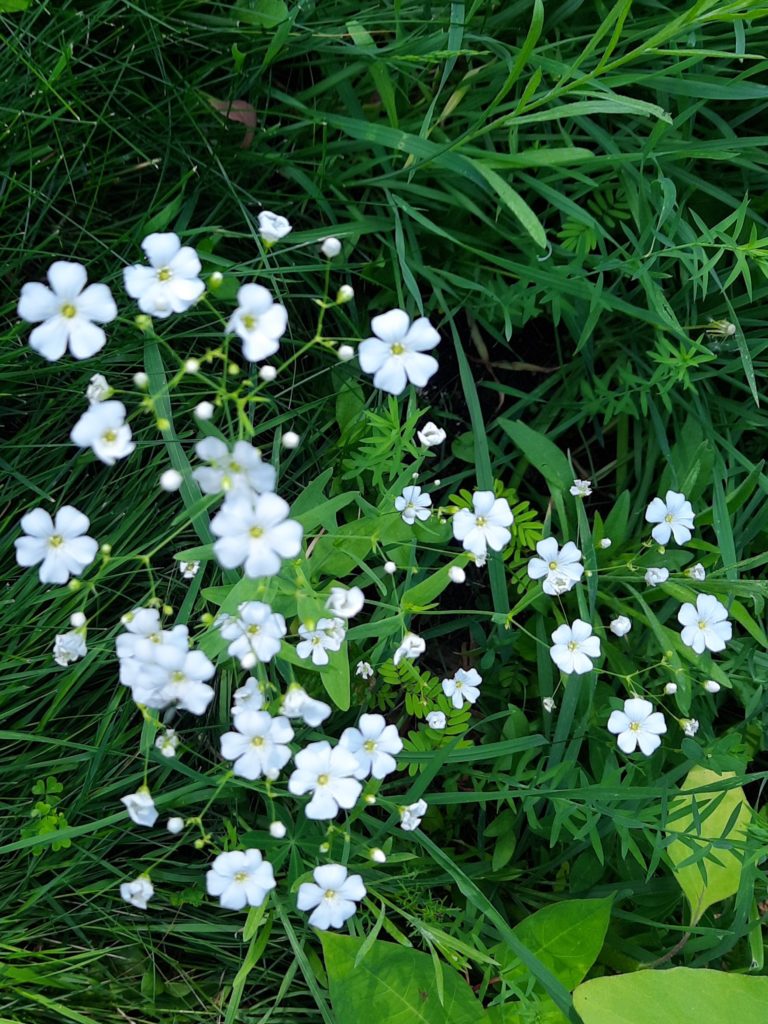
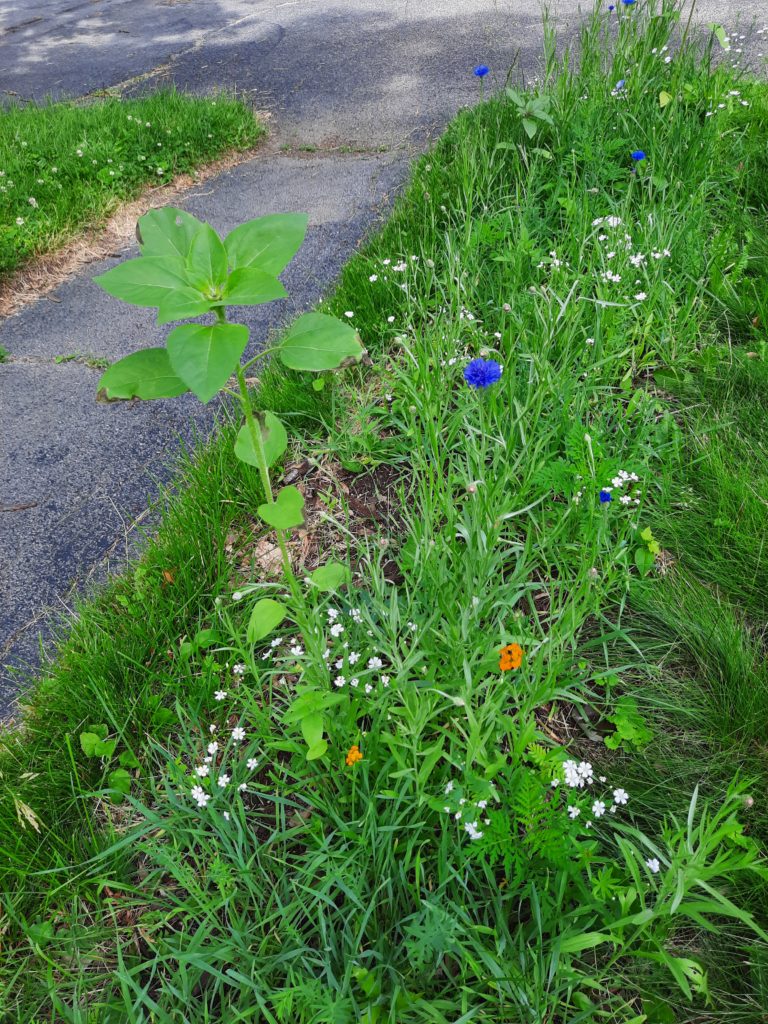
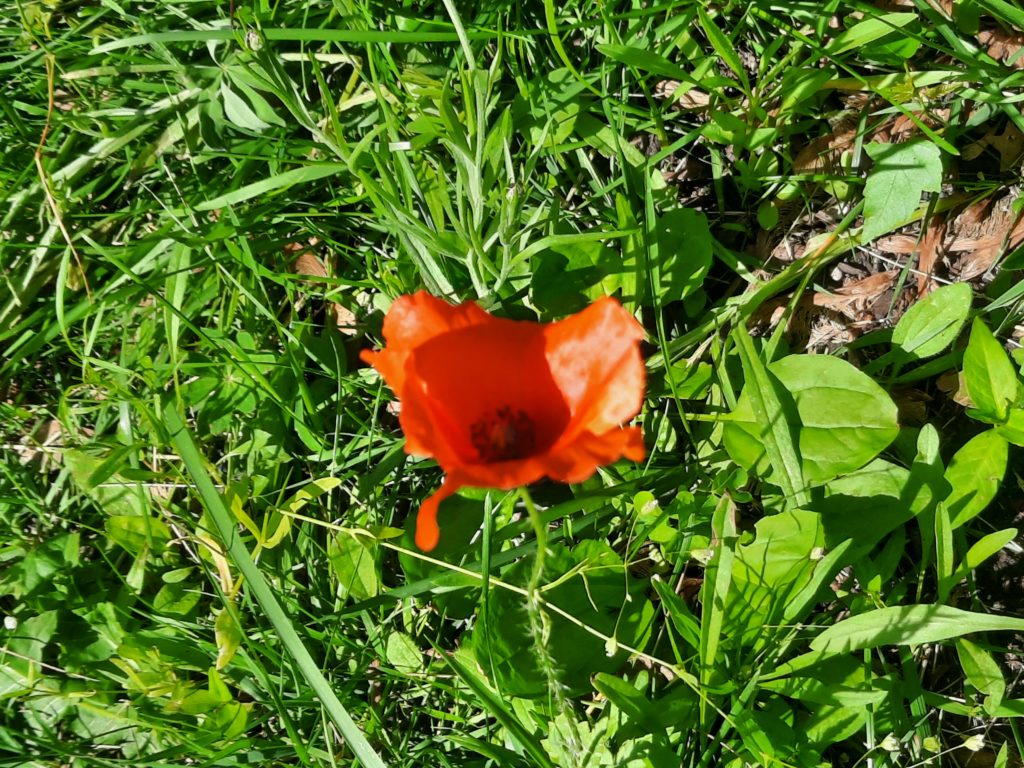

If you know about native plants, you can guess the bad news: almost none of the flowers that grew were native. Like, literally, every time a new bloom appeared, J and I would look at it to figure out what it was, and it would be yet another non-native plant that we hadn’t intentionally planted. And of the flowers that we intended to plant, we’ve only seen one so far. It’s super annoying! I got on one of my pollinator-friendly Facebook groups (because now I am nerdy like that) to ask about it, and I heard that several people had had bad experiences with American Meadows in particular, and when I reported what had happened to the company, I got my money back. Which is nice, but what I really wanted was the actual native plants that I had ordered.
Here’s the thing: non-native flowers aren’t exactly bad. I mean, bees and butterflies still like them. The idea behind choosing natives is that they’ll support the super-specialized species, the insects or birds that evolved over a long time to really especially want one or two specific plants the most. So that was the goal. But even with the non-native flowers, we noticed a big increase in bird and insect activity this summer. And it’s really, really satisfying. Especially when you hear news that, say, the monarch butterflies are endangered, and then you walk outside and see a monarch flitting from your milkweed to your echinacea. It’s lovely.
Anyway, from those early attempts, I learned that two of the biggest challenges in building our little corner of the Homegrown National Park is finding reliable sources for native plants and letting folks know that you’re making conscious choices that aren’t neglect even though it’s not what people expect to see. And I’ve been learning more as the summer continues, but I’ll tell you about that later. For now, here’s one more bloom that we accidentally planted in our front yard (luckily this one’s native):
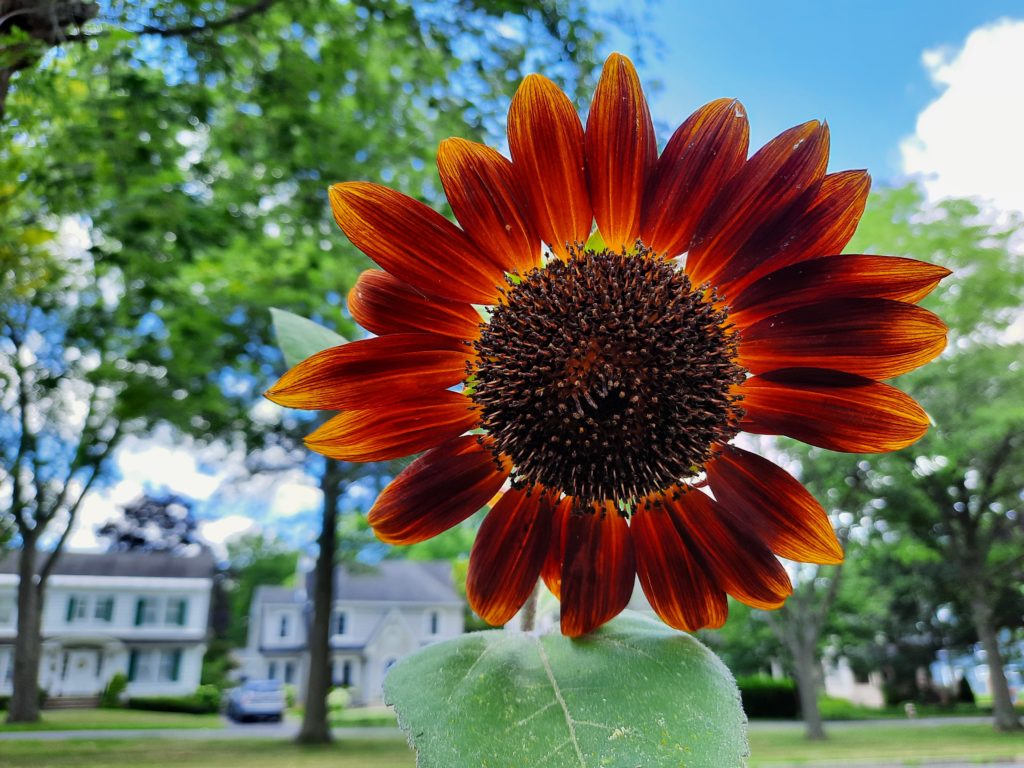
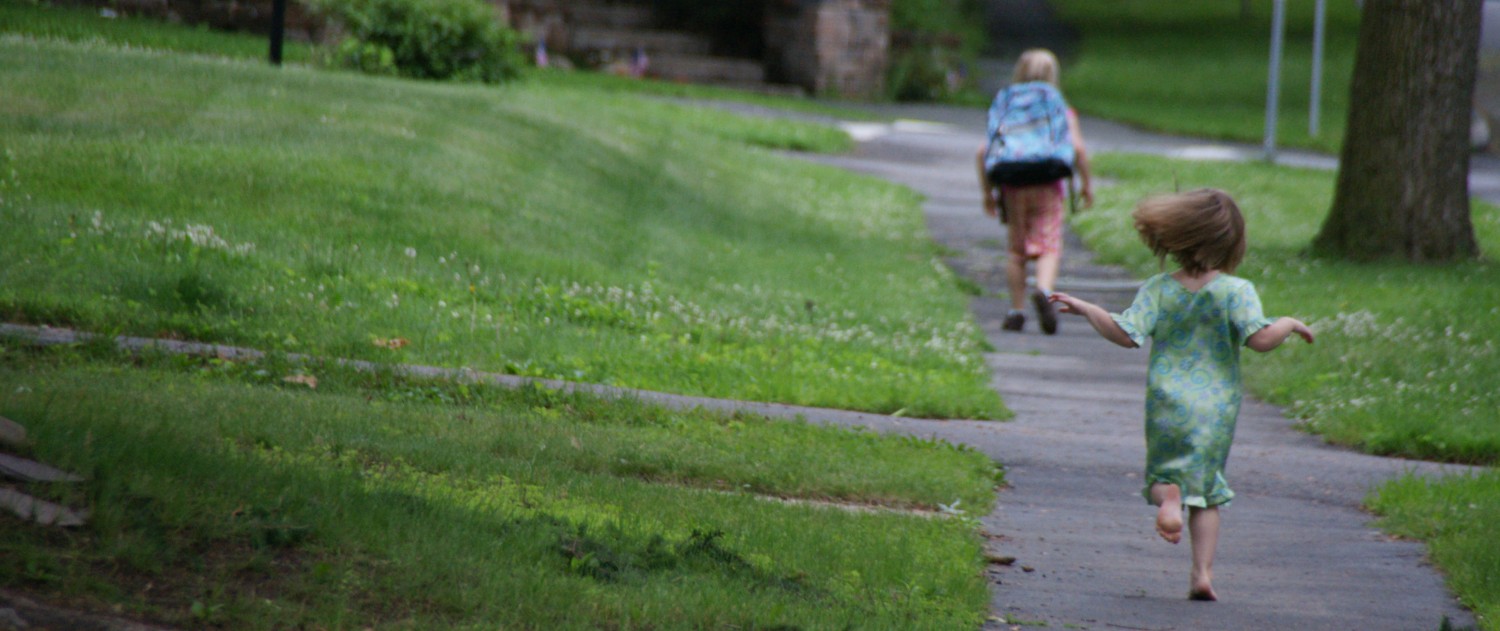
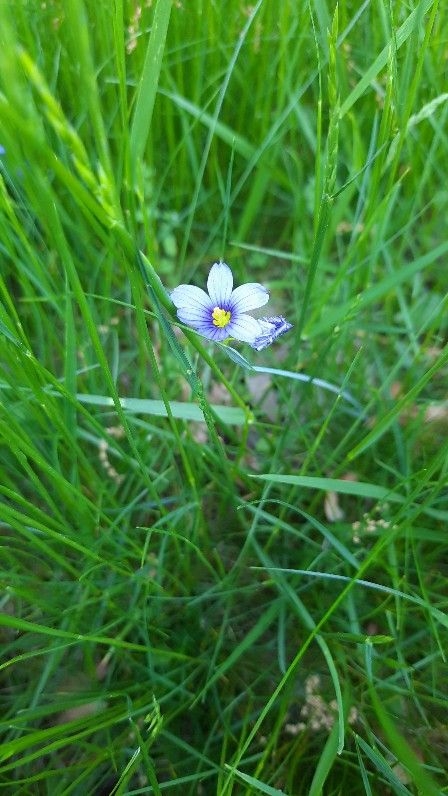
Ken
At least your raspberries fed a lot of bees.
Nana in Savannah
I love the wildflowers! I get it—but you may give Cute W a nervous breakdown with the NoMowMay!
xo
Mary Beth
Just got this announcement in my email – perfect lunchtime program for you – Lawns are a great amenity to have, but can have negative environmental impacts due to the amount of care required to maintain them. This edition of the lunchtime learning webinar series features ways you can ensure your lawn has a lower impact by planting it with native species. Todd Bittner and Krissy Boys from Cornell Botanical Garden will explain how.
Date: Tuesday, August 9th
Time: Noon
Length: 25 minutes plus Q and A
Registration: https://ogs.ny.gov/greenny/lunchtime-learning
For more information on the GreenNY Lunchtime Learning series, including a schedule of upcoming webinars, visit the GreenNY Website.
Katie
Thanks, Mary Beth — I’ll check it out!
Katie
It was a little unnerving even for me, really.
Shawn
Environmental news can be a downer and there is a lot of good reasons for that. To try and stay positive I’ve signed up for the happy eco news letter so at least I get 5 positive stories a week https://happyeconews.com/
Katie
Totally subscribing, thanks for the recommendation!